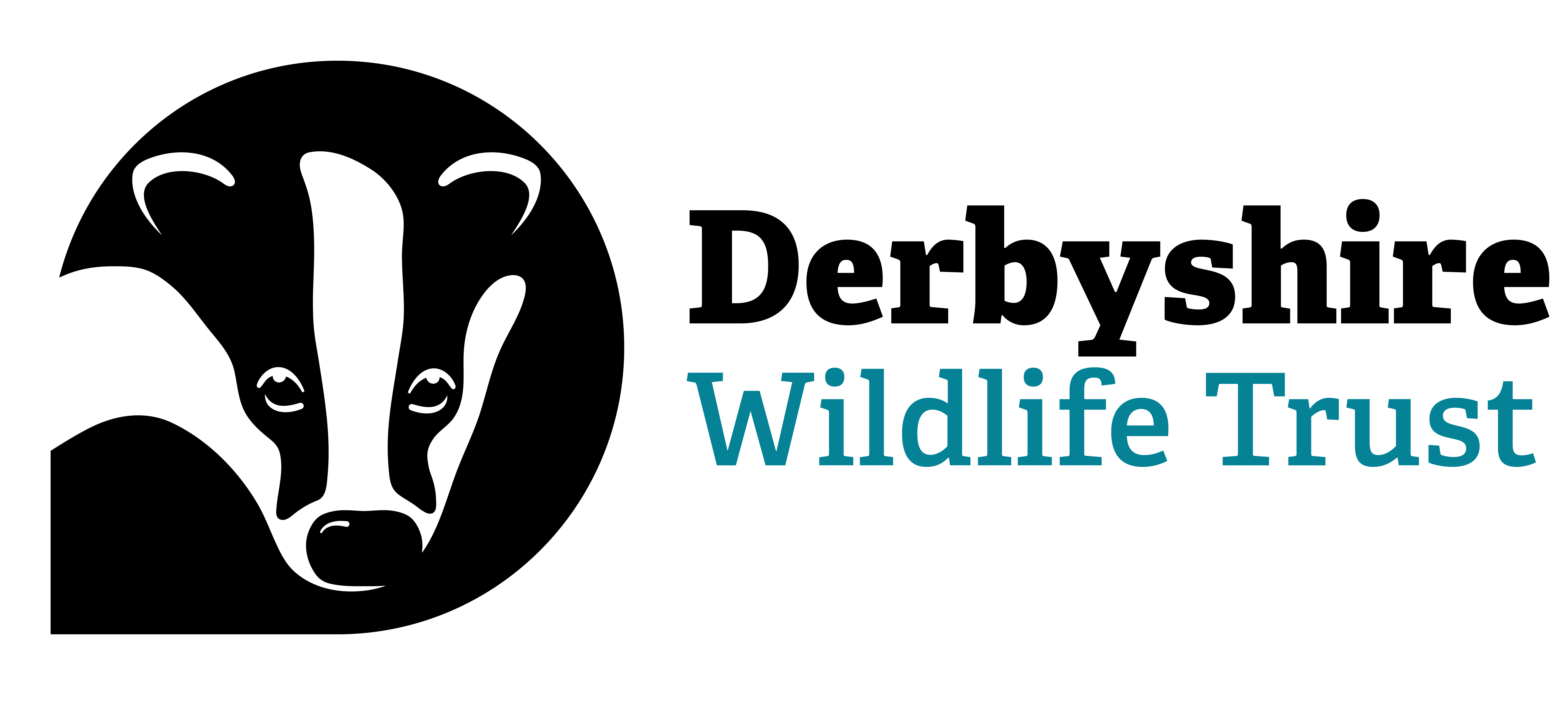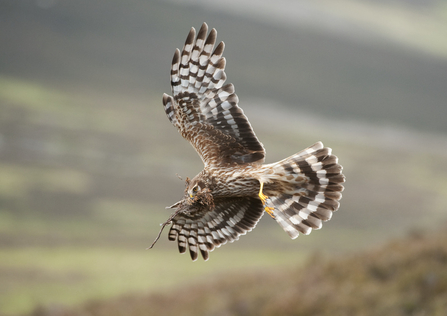In this issue of our newsletter, we aim to raise awareness of the problem of persecution of bird of prey species. This is classed as wildlife crime and is a matter to be investigated by the Police.
The tackling of the illegal killing of birds of prey, (known as raptors) is a UK wildlife crime priority.
Raptor persecution can be very challenging for the police to investigate and to prosecute. By its very nature it tends to occur in remote, quiet, sometimes private rural locations with low or no population. Offenders may have intimate knowledge of the landscape and may be well practised in avoiding detection.
The police are therefore reliant on the public reporting suspicious activity in the countryside.
The Police also work with numerous partnership agencies in tackling bird of prey persecution including the Police National Wildlife Crime Unit, The Crown Prosecution Service, Natural England, The RSPB, The Moorlands Association and The National Game Keepers Association, as well as more local partners like Wildlife Trusts, Local National Trust departments and of course National Park Authorities like our own Peak District National Park Authority.
Historically bird of prey persecution has been associated with land managed for game bird shooting, particularly driven grouse shooting but there are other areas where we see persecution associated with pigeon fanciers, with livestock protection, with egg collecting, as well as theft of eggs and young of birds like the Peregrine Falcon from the wild to feed the illegal falconry trade.
What is bird of prey persecution?
Bird of prey persecution can take a number of forms with methods like shooting, poisoning, trapping, nest destruction, taking eggs and chicks and nest disturbance.
Shooting
Shooting birds of prey is illegal.
Most offences of shooting birds of prey involve the use of shotguns, although rifle shooting using powerful scopes or night vision aids is also used to kill perched birds at considerable distances.
The shotgun remains the weapon of choice for shooting raptors, as the rapid discharge and spread of shot improves the chances of success.


